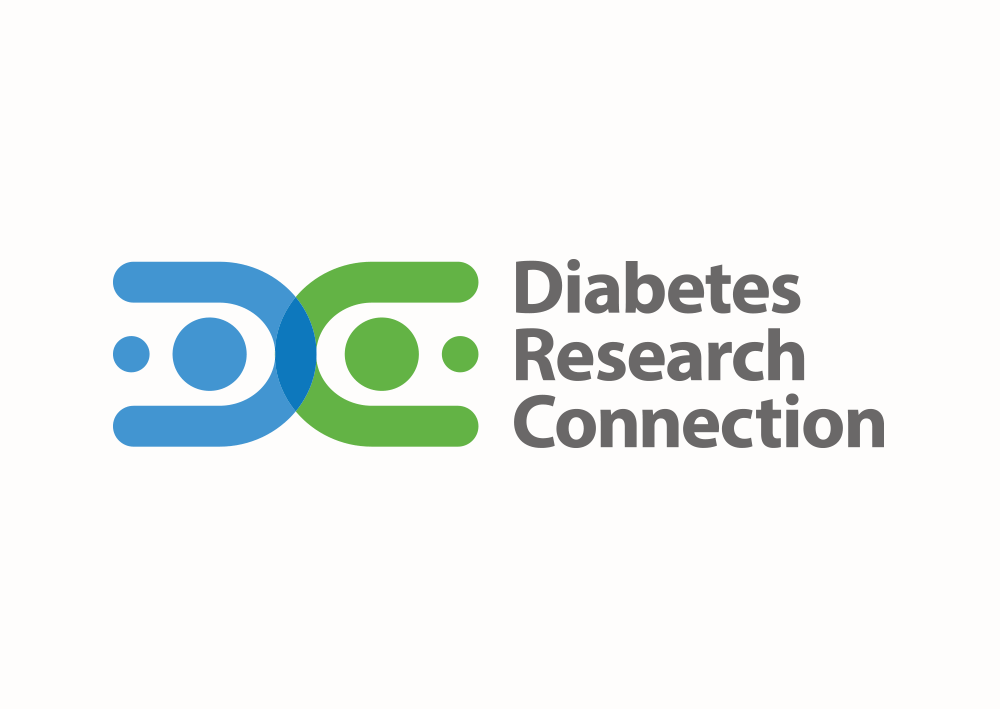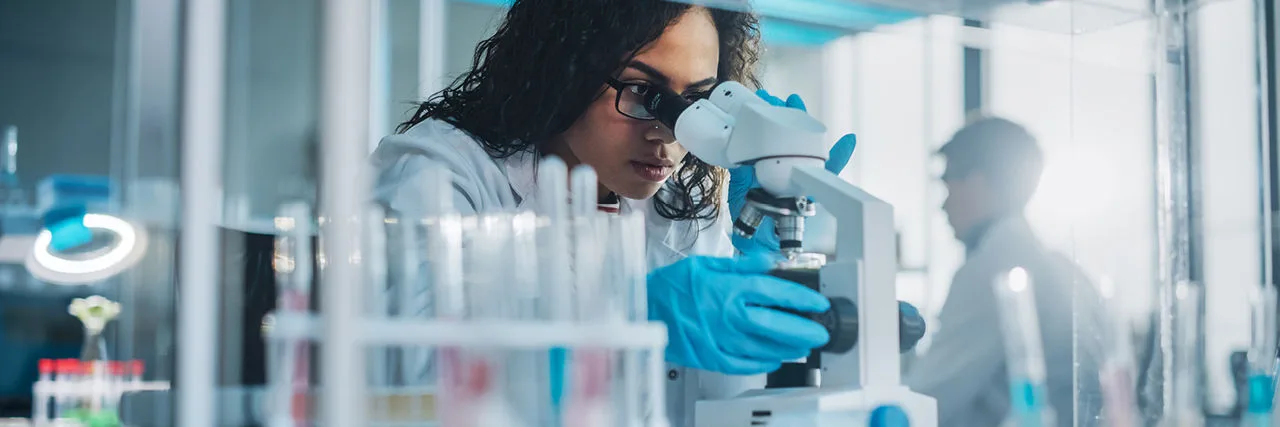Written by Mike Hoskins on April 20, 2015 via Healthline
Each time I donate to diabetes research in recent years, I get this sinking feeling that I’m throwing money into a bottomless pit, and may never know exactly what my donation is going toward or whether it’s making any difference. I just have to go on faith.
Now a new non-profit called the Diabetes Research Connection aims to change that, by creating an online crowdfunding hub for type 1 diabetes research where you can pinpoint a particular scientist and project to fund, watch your money be assigned to that research, and get regular updates on what’s happening inside the research lab.
Think of it as a Kickstarter orIndiegogo hub set up specifically for diabetes research.
Crowdfunding is of course nothing new in our world; 
But this new DRC website in unique, in that it creates a kind of one-stop shop for donors to find some T1D research they might be interested in funding and becoming involved with. This seems to come at a critical time, with calls for change in the diabetes research paradigm and more emphasis on transparency from scientists beyond just publishing in scientific journals.
As explained by D-blogger Joshua Levy, the DRC currently has six projects on their site right now, one of which is fully funded, and one being a sort of “internal project” to fund the web site itself. The other projects are all in the process of aiming to raise the the max allowed funding of $50,000,
We looked into the backstory of this new, creative funding effort.
The Origins
The concept was first created about five years ago, the brainchild of endocrinologist and researcher Dr. Alberto Hayek in San Diego, CA, who saw the need to do better in diabetes research funding. He retired a couple of years ago, after a quarter-century of diabetes research at Scripps Whittier Diabetes Institute and UCSD.
Hayek says that the level of diabetes research funding in general has dipped in recent years; in today’s dollars the National Institutes of Health (NIH) is funding much less than it did five years ago, and less than 4% of of the investigators getting money are younger than 40, since most of the money goes toward older, more established scientists.
“I was increasingly aware of how difficult it is for young scientist to get funding in their initial research activities, so I felt that there ought to be a novel way to do so by developing a new source of funding that will connect early career investigators in type 1 diabetes with donors who wanted to be more involved in the research,” Hayek tells us.
He connected with David Winkler, an attorney, real estate investor and VC entrepreneur who was diagnosed with type 1 diabetes at the age of six. Winkler shared his vision of more personalized research funding and the need to help support those early-career scientists who aren’t typically getting support from larger organizations and grant-giving sources. They also brought on fellow UCSD board members and renowned diabetes experts, Dr. Nigel Calcutt and Charles C. “C.C.” King, in those early days; these four now make up the board of directors.
“These four believe there can really be some innovative, breakthrough research from these early-career scientists, but we’re missing that opportunity because of how the funding model is setup,” says DRC executive director Christina Kalberg. “Funding for these younger scientists is scarce in recent years, and as a result they’ve been leaving the field. And that’s alarming. So what we’re trying to do is be innovative to help these early-career researchers who need to get themselves and their research out there for funding, to help them connect with people and get that exposure to hopefully unlock breakthroughs in diabetes.”
Their idea didn’t immediately materialize, though, and although the DRC received official non-profit status in 2012, it wasn’t until November 2014 that it finally launched online. That was a soft-launch, the leaders say, and they are planning a “hard-launch” with more national publicity in late May or early June of 2015 — just in time for the big ADA Scientific Sessions in Boston this year, where the diabetes world sets its sights on diabetes science.
The Connection’s Crowdfunding Model
As of now, the projects listed fall under four categories: Cure, Care, Complications, and Prevention.
Kalberg says the organization would certainly welcome diabetes technology research that would fit into the “care” category, but as of now they haven’t received any projects along those lines, and most fall under the “cure” or “prevention” monikers. A total of five projects (other than the DRC itself) have been submitted, with $120,000 raised so far in total. One project based at the University of Florida studying the autoimmune attack behind T1D has already completely funded at $50,000, the maximum level allowed for the three months a campaign is active online.
The overall goal is to fund at least 10 projects a year, to the tune of $500,000 donated annually.
If a particular project doesn’t get sufficient funding to move ahead, donors can choose to have the money they already donated either be returned to them, or reallocated within the same crowdfunding category to support other projects.
Once a project is funded and the study begins, the scientists send out ongoing updates to donors and answer questions, to give insight into what the money is actually paying for.
“This is very different from what’s out there — we want people to connect with the researchers, to know if research is a success or failure, and what the stumbling blocks may be. We are trying to personalize the research, and want to make this a transparent and very visible process,” Kalberg says.
A Double Peer-Review Process
But, hey: Can we really trust these crowdfunded research projects?
Yes, we’re told, because what’s also unique about DRC is that it has a very large and respected scientific review committee, made up of more than 80 D-experts from across the country and globe. Those individuals review the submitted proposals and decide if they have merit, and then vote on them before sending to the so-called layperson committee made up of patient advocates to “translate” the science-heavy explanations into something that regular folk can better understand.
A big advantage of this DRC model is that this peer-based scientific review takes just roughly 12 weeks, compared to the six months or a year it can take through bigger organizations and funding mechanisms. Of course, scientists who go through this DRC application and review process can also go on to leverage results from crowdfunded studies to submit applications for larger grants from the ADA, JDRF, and NIH if they choose.
We connected with D-Mom Amy Adams in Chicago, who’s part of the DRC layperson review committee and has a 28-year-old son Matt, diagnosed at age 5. She tells us she had reached out to Dr. Hayek many years ago and they became friends, so the DRC founders in turn reached out to her a couple of years ago to get involved based on that relationship as well as Amy’s long history supporting the JDRF on a national and local level.
“I’ve given my time to other diabetes and non-diabetes organizations in the past, and still do, and while I appreciate them all, I see how the money I’m giving for research is going to party planning and other things that aren’t research,” she said. “This is the first organization where I feel like I am in control and can make the most difference.”
For Adams, a huge advantage of the DRC model is that research results are shared within and beyond the scientific community regardless of whether a project is funded or succeeds.
“The proprietary way of thinking about disease research is outdated, and all the secrecy is limiting our progress,” she said. “I feel strongly that we need to change our focus, to one in which researchers are rewarded for sharing their work.”
Very interesting idea, one that will surely catch on, given many folks’ reservations about donating and then rarely being able to see any tangible impact from our hard-earned dollars. We’re interesting to see the community’s reaction when DRC re-launches just prior to the ADA Scientific Sessions in June. Meanwhile, more and more people will learn the details of this crowdfunding channel from events like the Children with Diabetes Focus on Technology forum in Anaheim, CA, in September.
Hopefully, this does make a difference and inspires more established funding entities to think outside the box and recognize the importance of early-career scientists, as well as the interactive updates we donors really want to see. How great to have a channel to watch our money at work in the research lab!
Click here to read the originally published article on Healthline





